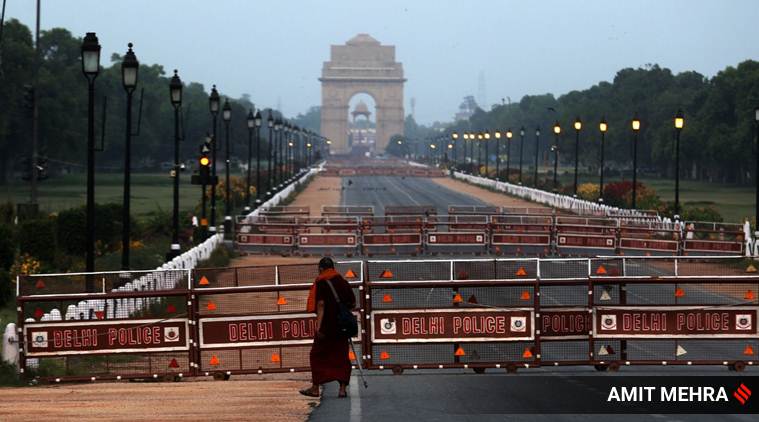
The Indian Express
As it ramps up public healthcare, India must give more room to private sector
Only a healthy nation can grow. The COVID-19 pandemic has presented India with an opportunity. The Indian healthcare system can go through a radical overhauling, where it can be more sustainable as well as responsive.
by Nishikant DubeyOn March 25, despite fewer notified cases compared to other countries, India closed its international borders and enforced a lockdown. It adopted social distancing, testing and citizen isolation, with a clarion call to the private sector and entrepreneur who specialise in low-cost innovations to support the government in this hour of crisis. The efforts of the Indian government are being widely appreciated across the globe and by international organisations like the WHO.
Global efforts to develop a vaccine against COVID-19 are progressing at an unprecedented pace, but a quick-fix solution is not yet around the corner and we have to be prepared for myriad outcomes. Even if a vaccine is developed before December, getting it to our large population will certainly take some time. This is a serious concern that the government is grappling with.
Approximately 70 per cent of the healthcare services in India are provided by private players. If private healthcare crumbles due to economic constraints or other factors, India’s entire healthcare system can crumble.
PB mehta writes | Trains on their mind: Death of a mother at a railway station, a conversation in Heaven
India has a doctor-to-population ratio well below the level recommended by the WHO — 1:1,445, which adds up to a total of roughly 1,159,000 doctors. The WHO says the ideal ratio is 1:1,000. Considering India’s population, the number of doctors needed to meet this ratio would be roughly 1,674,800. If only government hospital doctors are included, India has one allopathic government doctor for every 10,926 people, according to the National Health Profile 2019 of the Central Bureau of Health Intelligence (CBHI). As per an estimate, India has a shortage of about 6 lakh doctors and 20 lakh nurses and an even greater number of supporting medical staff.
India has handled the COVID-19 pandemic exceptionally well. However, considering the rise in the number of infections, India is in dire need of more medical staff and amenities. According to the health ministry, India has 9,50,000 active doctors. Since the health ministry has predicted the number of cases would peak at 8,26,000, the number of doctors seems absurdly low. If the government wants to stay successful in fighting the COVID-19 pandemic, it needs to rapidly build medical institutions and increase the number of doctors.
There seems to be a long battle ahead. The public healthcare system cannot be improved overnight. The army that India needs is a large private health sector that can sustain the battle against the coronavirus as well as other threats that we might face in the 21st century. There are multiple ways for the government to undo the mistakes of the past and create a medical system adept at fighting any emergency.
If India wants to achieve a 1:1,000 ratio, it will need an additional 2.07 million doctors by 2030. For this, the government needs to increase its spending on the health sector. It needs to aid attempts at constructing new medical institutes. The arrangement can be a semi-private or public-private partnership. Encouraging private parties to profit from their institutes while providing India with doctors will have two effects: The doctor deficit that India is facing will be eradicated and the economy will get a much-needed boost from an almost untapped market.
If the government wants to achieve an ideal ratio of healthcare workers to the country’s population and create adequate health infrastructure, it is of utmost importance to bring in FDI to the sector. We need to further strengthen biomedical research and invest in cutting edge “made in India” health technologies. We must make it easier for health technology start-ups by giving them tax cuts. Scientific innovation is the key and the private sector can contribute to this area. If a few of these steps are taken by the government, the Indian healthcare system will be regarded as one of the best in the world. Most importantly, when, if ever, a similar kind of situation resurfaces, we will be well prepared.
Only a healthy nation can grow. The COVID-19 pandemic has presented India with an opportunity. The Indian healthcare system can go through a radical overhauling, where it can be more sustainable as well as responsive. The economic package announced by the Prime Minister and offered by the finance ministry sets the tone. The private sector can be the flagbearer of this movement towards a healthy, fast-growing nation.
This article first appeared in the print edition on May 29 under the title “A health partnership.” The writer is a BJP Lok Sabha MP for Godda, Jharkhand. Views are personal.